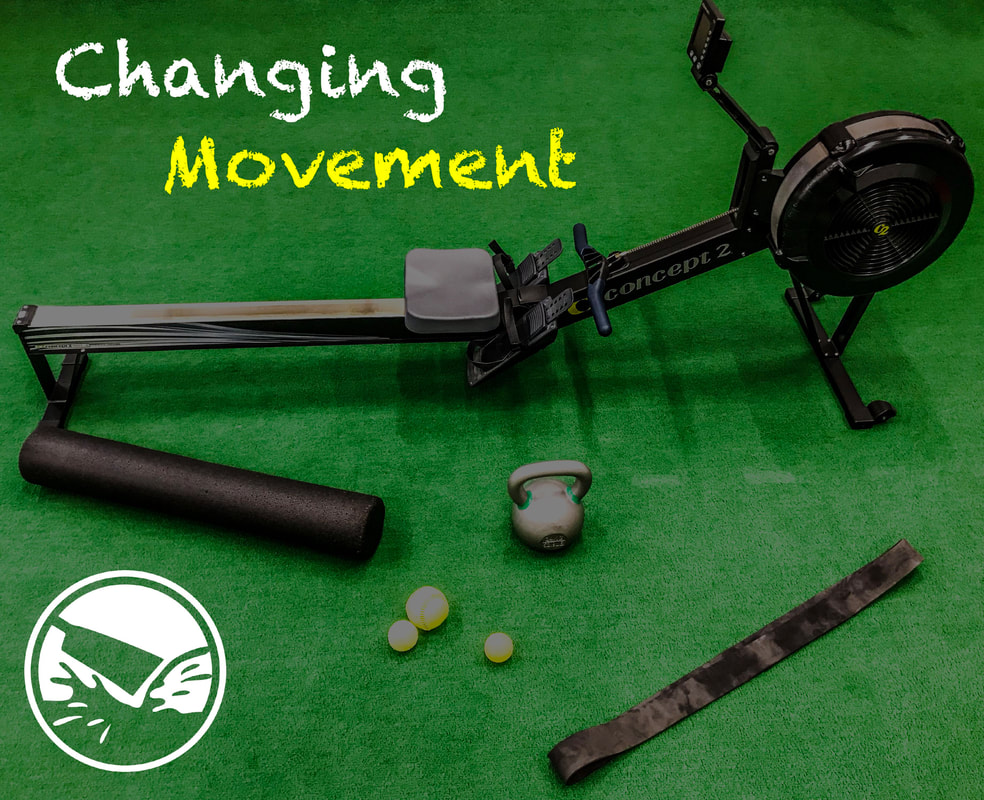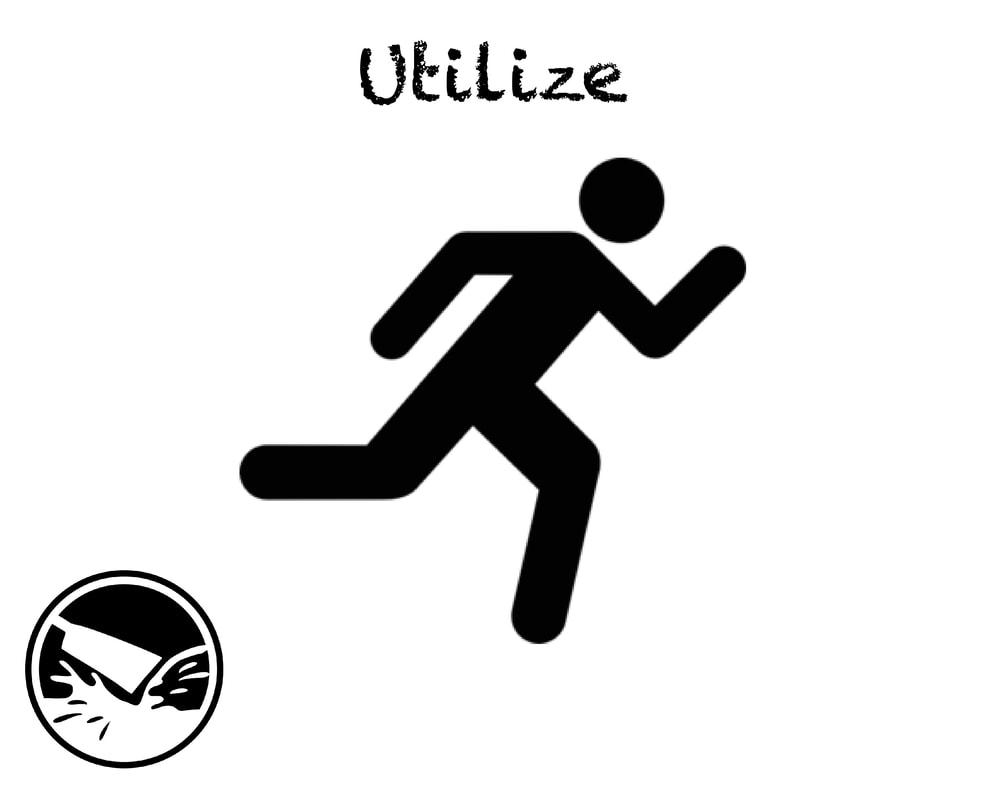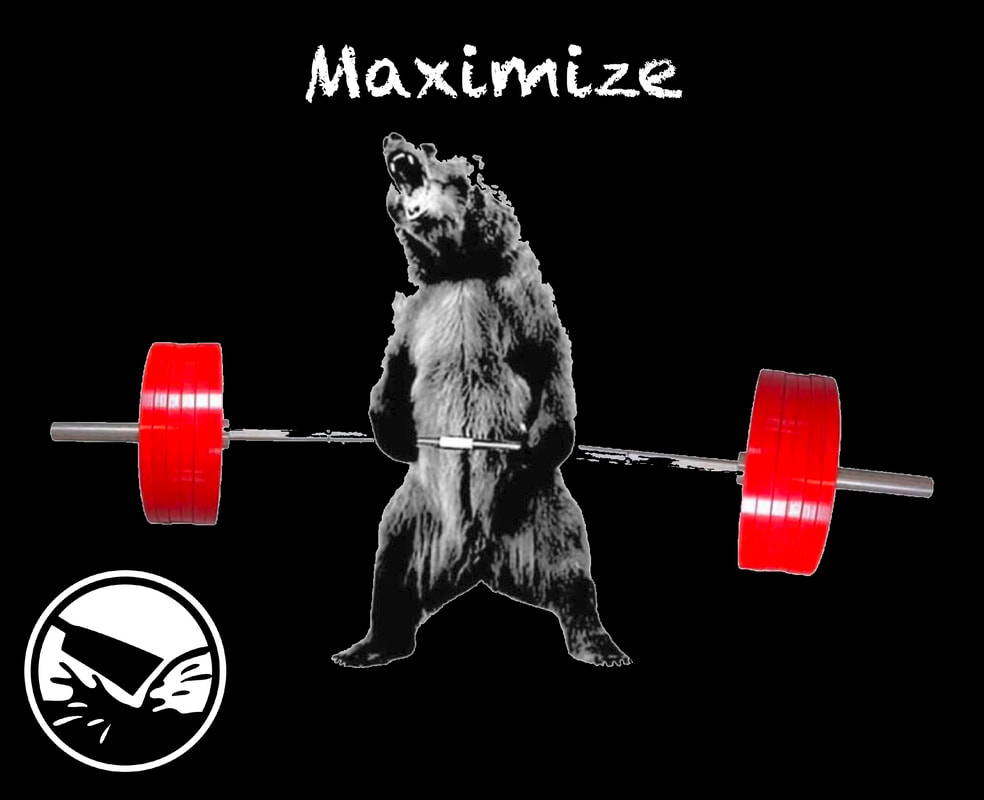The biggest mistake people make is blindly stretching. How do we change movement? Put simply... we create a temporary change, we immediately use it, then we strengthen it. Step 1: Confirm a change Find an intervention that actually works for you. A lot of people will just stretch and assume it is helping them. If you never screen before or after, you'll never know if you're making a change, or wasting your time. Example: Measure your ankle range of motion, intervene with soft tissue work, stretching, and other mobility drills. Screen the ankle range again, did it make a positive change? Then those are your exercises. If it didn't make a positive change, experiment with others until you find some that work for you. Step 2: Utilize the new range Once you find mobility drills that improve your range of motion you need to use these new ranges to teach the body how to safely explore the increase in mobility. Step 3: Maximize the change Finally you need to load the new range so the body remembers and has a reason to hold onto the change you've made. Step 4: Maintain Continue to work on your limitations until it's no longer your biggest problem. Note that some people will show improvement but still need to do maintenance to stay within healthy ranges.
Here is the order of operations for changing movement. Try it out and see if you achieve bigger and more lasting changes. Relax the body, coax it into giving you more. Use the following methods to create a change to your movement. All of these methods rely on strategies to relax the nervous system. Only choose exercises that you can breathe through normally. If you find yourself holding your breathe it's too much and may actually be working against you. Do not fall into the trap of thinking more pressure is better. Methods Diaphragmatic Breathing Soft Tissue Work (Foam Rolling, Stick, LAX Ball, Massage) Stretching (Static, Active, Dynamic) Correctives (Mobility Drills) Once you create change here you open a window of opportunity to lock in the change. Follow up with the following steps to encourage a lasting change. Explore and use the new ranges. Use it or lose it. After we create a change we want to use that new range. First statically, and then dynamically. Methods Static Stability (use w/ little to no movement) Dynamic Stability (use with movement) Load and strengthen the new ranges. The final step is to lock it in by loading and strengthening the new range with a relevant strength movement. Method Strength Movement Want faster changes? Add in drills throughout your day or change your environment. Need faster changes? Put in some extra work and changes will happen more quickly and stick around longer. Methods TV Dinners (mobility, core, or strength drills done while watching TV) Environment Change (create changes to your environment that will contribute to a movement change)
0 Comments
Leave a Reply. |
Author
Blake Gourley holds a Masters of Science in Sports Performance Training and has over 12+ years of experience working with rowers. Read more Categories
All
Archives
August 2023
|






 RSS Feed
RSS Feed